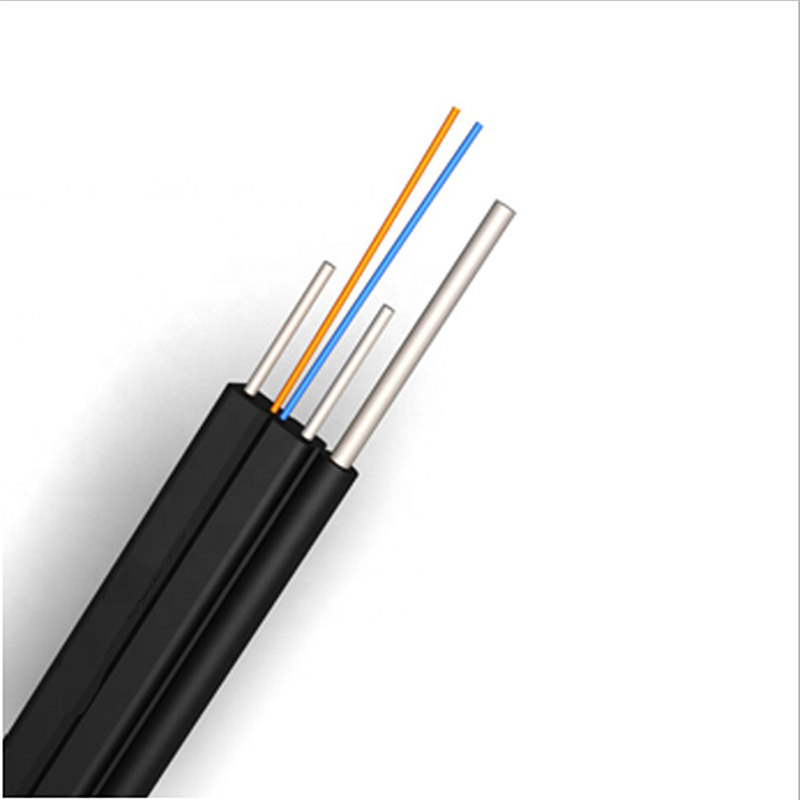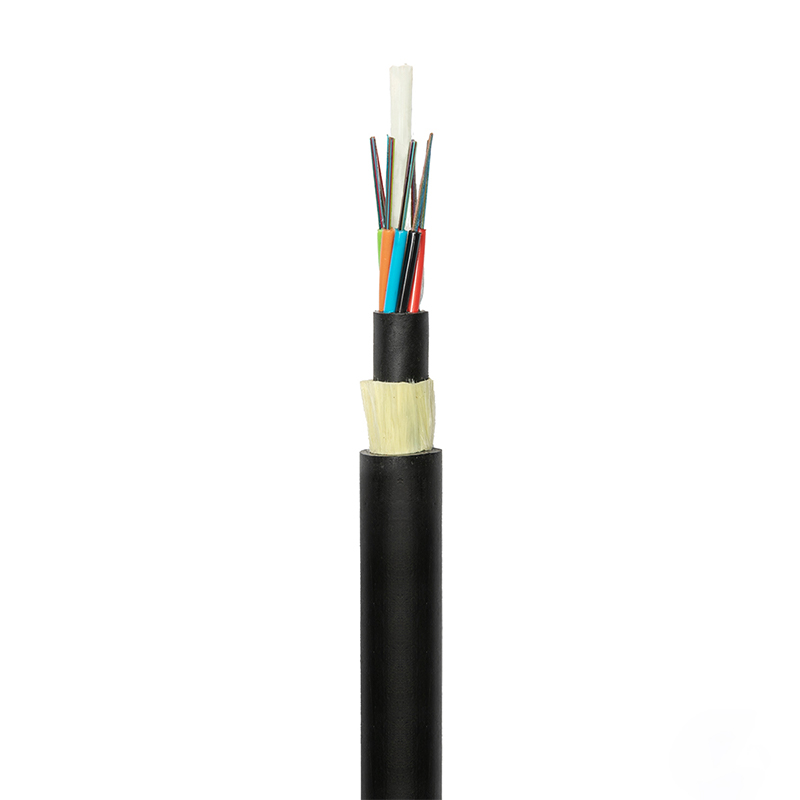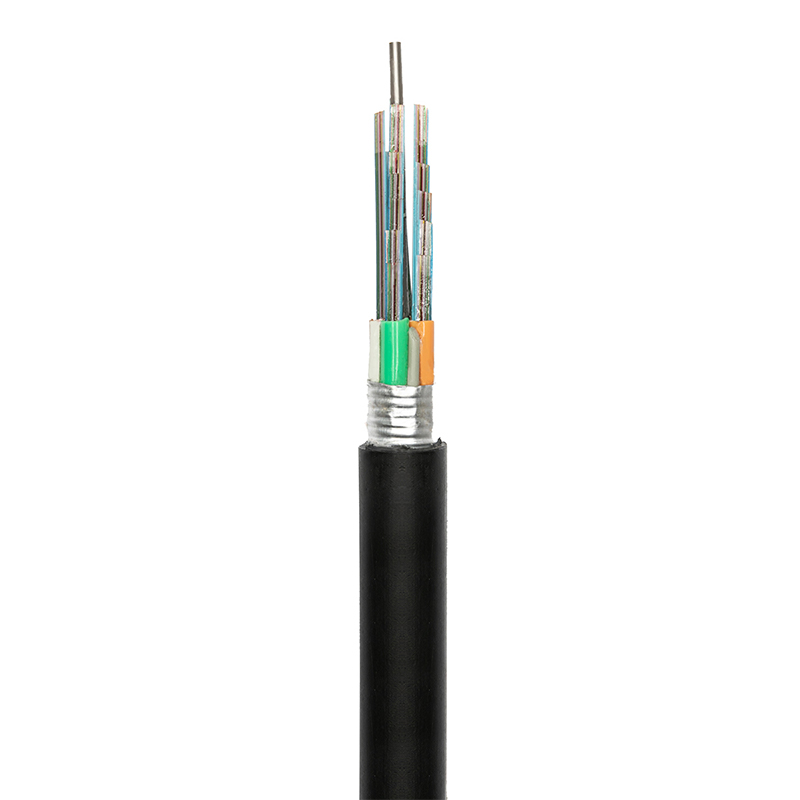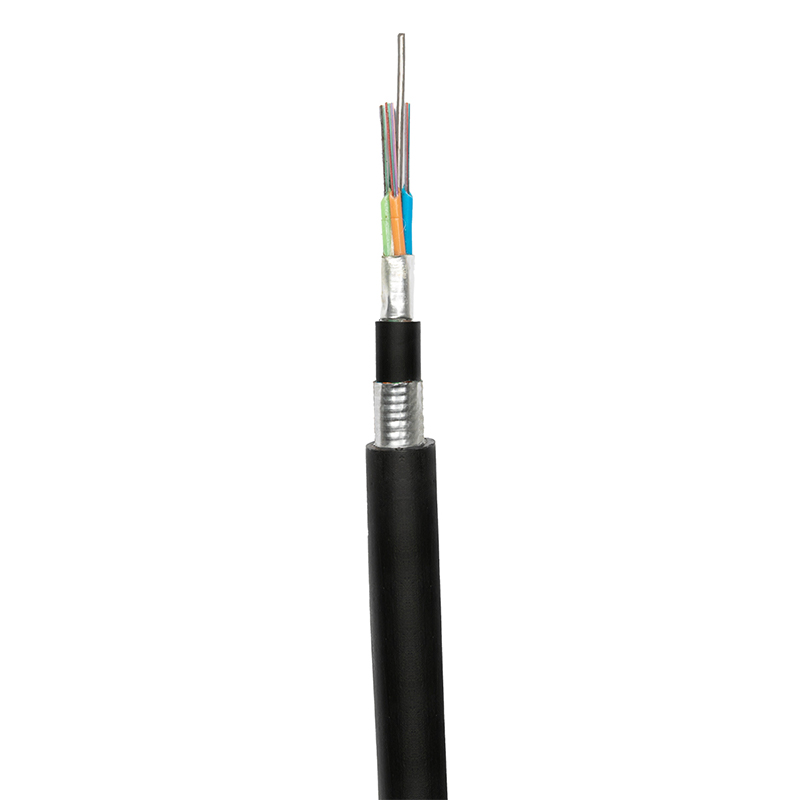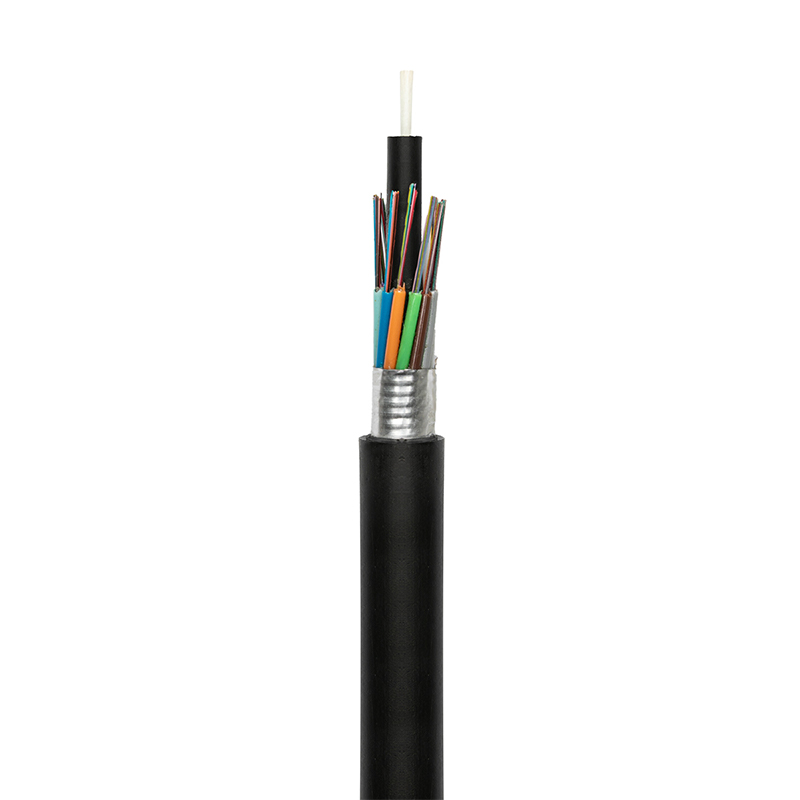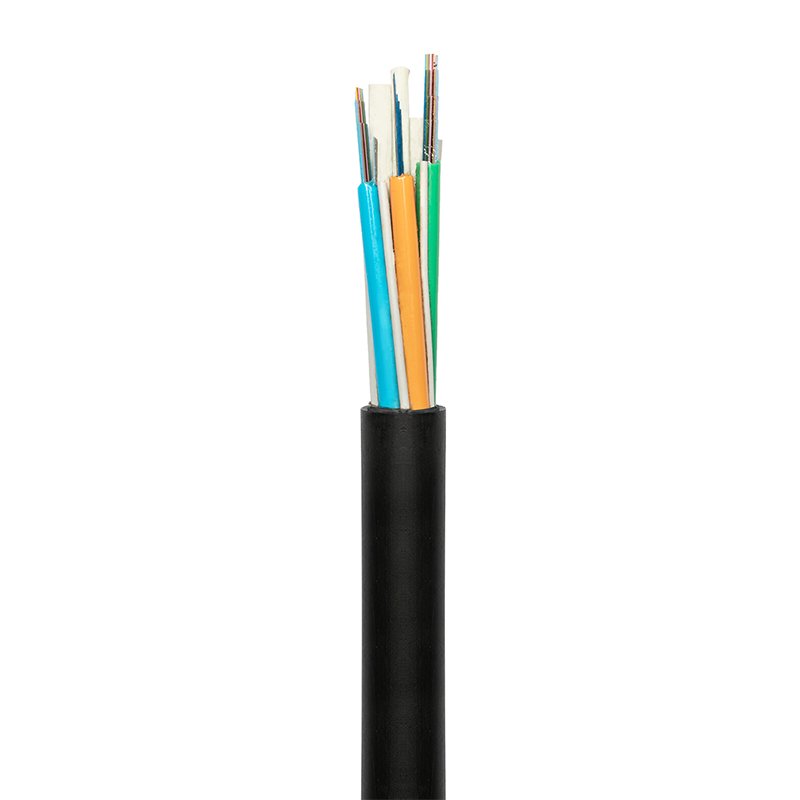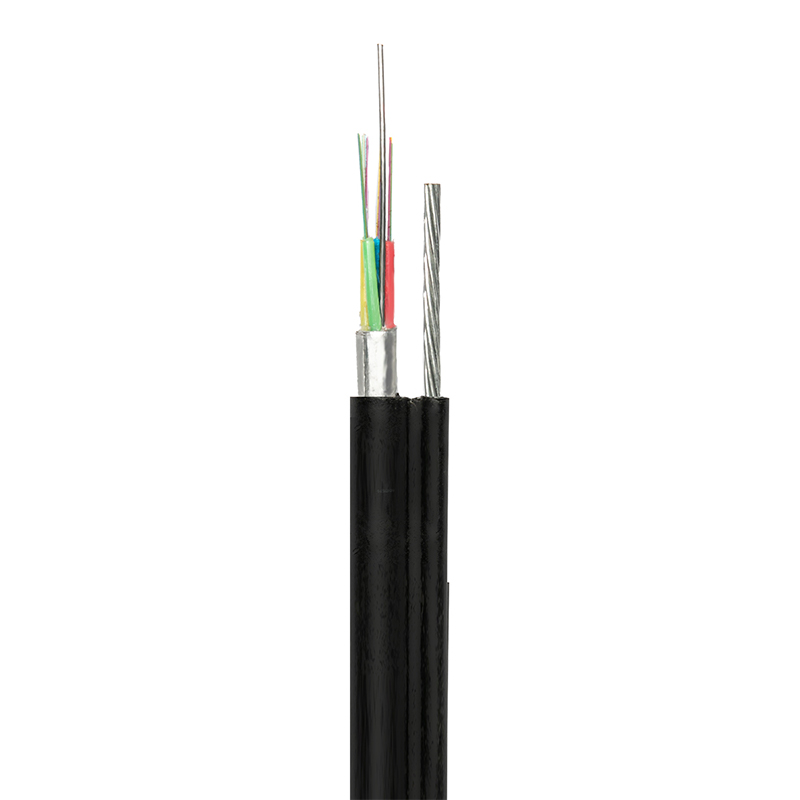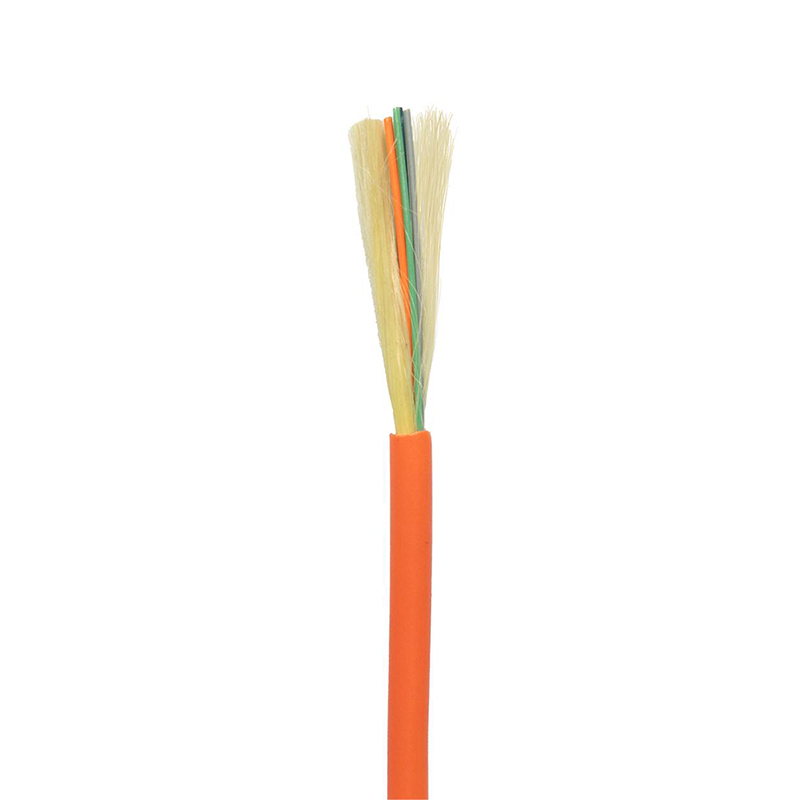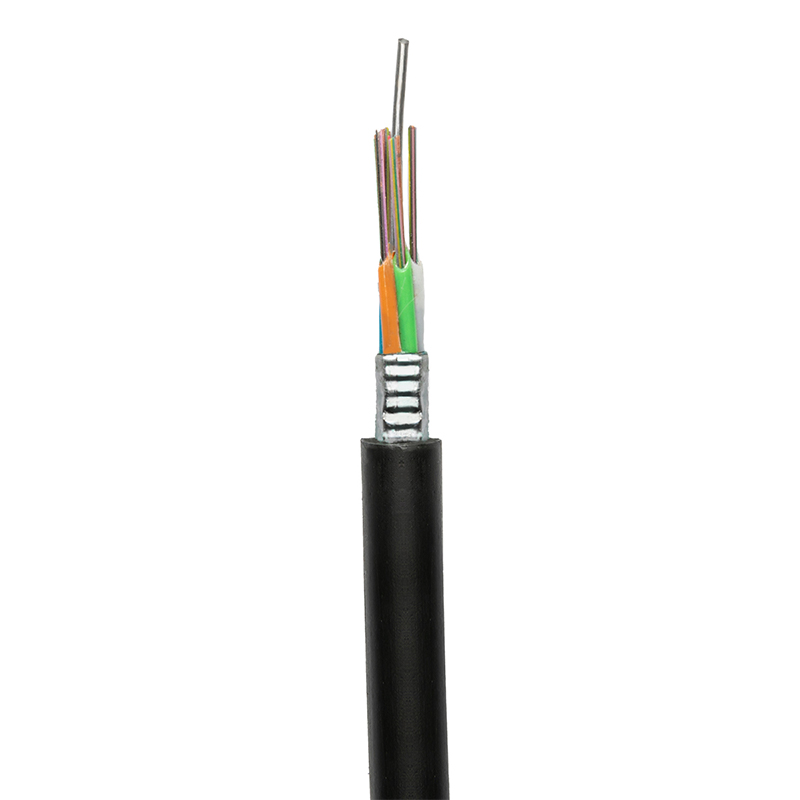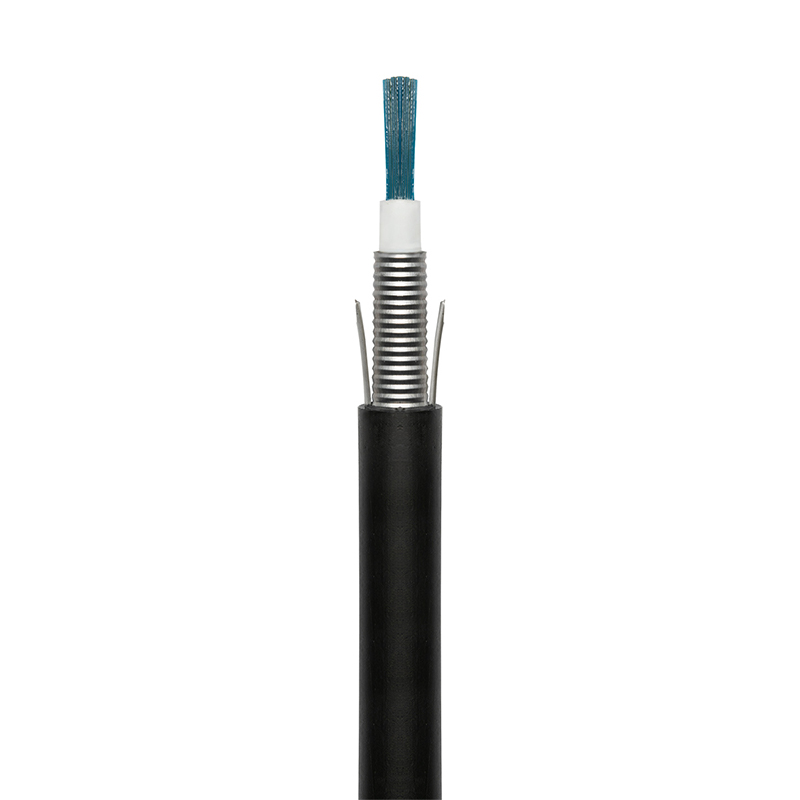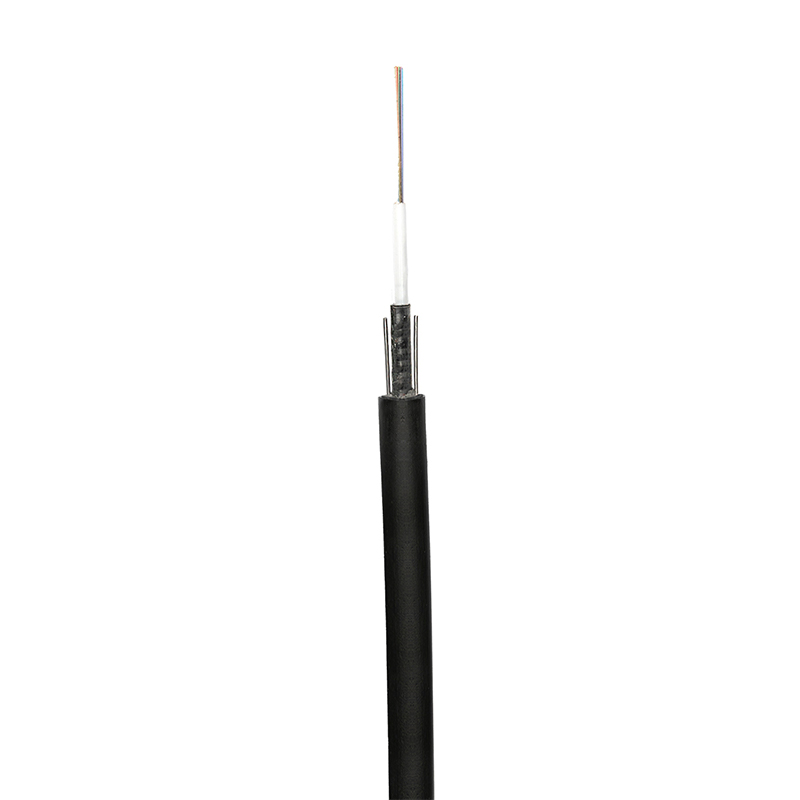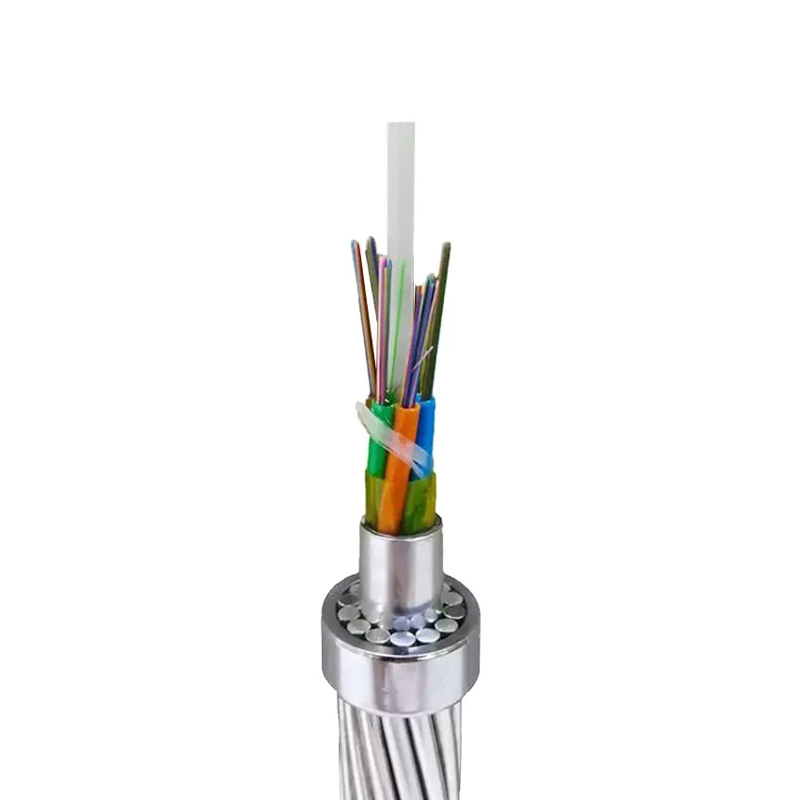Product
- Pre-Connectorized ODN Solution
- Fiber Optic Fast Connector
- Fiber Optic PLC Splitter
-
Fiber Optic Patch Cord
- SC series Fiber Optic Patch cord
- LC Series Fiber Optic Patch cord
- FC Series Fiber Optic Patch cord
- ST Series Fiber Optic Patch cord
- OM1/2 Fiber Optic Patch cord
- OM3 Fiber Optic Patch cord
- OM4 Fiber Optic Patch cord
- Armored Series Fiber Optic Patch cord
- E2000 Series Fiber Optic Patch cord
- Pigtail Fiber Optic Patch cord
- 12 Multi Colors Fiber Optic Patch cord
-
Fiber Optic Cable
- Fiber Optic Distribution Box
- Fiber Optic Splice Closure
-
Fiber Optic Terminal Box
-
ODF Fiber Optic Distribution Frame
- Fiber Optic Accessories
- Fiber Optic Equipment&Tool
Fiber Optic Cable Manufacturer
Fiber Optic drop cable are critical for FTTH expansion, offering easy installation, durability, and high performance for last-mile connectivity. Whether for aerial, underground, or indoor use, selecting the right type ensures reliable, high-speed internet delivery.
Aerial – Hung from poles (often Figure-8 or ADSS/ASU cables).
Underground – Buried in ducts or directly in soil (Armored cables).
Wall-Mounted – Clipped along buildings (Flat drop cables).
Indoor – Run through walls, ceilings, or baseboards.
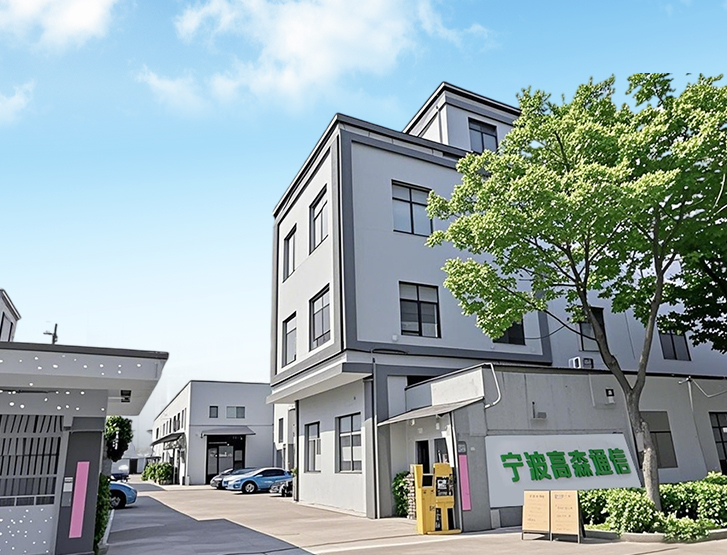
Ningbo Goshining Communication Technology Co., Ltd. is an enterprise that designs, produces, and sells a full range of fiber optic products with high-quality and first-class services, which enable us to meet all customers' demands and offer one-stop service. Ningbo Goshining Communication Technology Co., Ltd is a professional Wholesale Fiber Optic Cable Manufacturer and OEM Fiber Optic Cable Supplier, our products include Fiber Optic Fast Connector, Patch Cord, PLC Splitter, Cables, Distribution Box, Splice Closure, and Terminal Box etc. We also offer Customization services to help develop your own brand.
-
Nov 21, 2025_GoshiningIn building high-performance fiber optic communication networks (especially passive optical networks (PONs) such as EPON and GPON), fiber optic PLC splitters (PLC splitters, planar waveguide circuit splitters) are crucial passive devices. M...Read More
-
Nov 17, 2025_GoshiningFrom May 15th to 17th, 2025, Ningbo Goshining Communication Technology Co., Ltd. successfully participated in the 20th China Optics Valley International Optoelectronic Exposition held in Wuhan, with booth number B146. At this exhibition, w...Read More
-
Nov 17, 2025_GoshiningNingbo Goshining Communication Technology Co., Ltd. Showcases at CFCF 2024 Bangkok Ningbo Goshining Communication Technology Co., Ltd. made a grand appearance at the CFCF 2024 International Communications Exhibition in Bangkok, Thailand on ...Read More
Fiber Optic Cable is a communication medium that uses light pulses to transmit information in glass or plastic fibers. Its core working principle is based on total reflection of light: when the light signal enters the high refractive index core (Core) at a specific angle (greater than the critical angle), it will be completely reflected back to the core by the outer low refractive index cladding (Cladding), thereby achieving low-loss and long-distance transmission of the signal. To prevent physical damage and environmental influences, a single or multiple optical fibers are covered with a protective layer (Buffer), a reinforcing member (such as aramid yarn) and an outer jacket (Jacket).Goshining optical cable products strictly follow this physical principle and ensure reliability through four layers of protection.
1. Basic physical structure
Core: A filament made of high-purity silica (SiO₂) or plastic, with a diameter usually ranging from 5-100 microns (about 9μm for single-mode fiber and 50/62.5μm for multimode fiber), which is the transmission channel for optical signals.
Cladding: The material that wraps the core (usually doped silica), with a refractive index (n₂) strictly lower than the core refractive index (n₁), ensuring that the light is totally reflected in the core (n₁ > n₂).
Coating: A protective acrylic resin layer (about 250μm in diameter) that provides mechanical strength and isolates external stress.
Strength Member: Aramid yarn or steel wire to enhance tensile strength.
Jacket: An outer layer of polyethylene (PE) or flame-retardant polyvinyl chloride (PVC) to resist environmental erosion (moisture, abrasion, chemical corrosion).
Goshining’s precision engineering ensures optimal refractive index control and robust protection in all cables, patch cords, and custom solutions.
2. Transmission Principle
When the optical signal is transmitted in the core, when the incident angle is greater than the critical angle (θ_c = arcsin(n₂/n₁)), total reflection will occur at the core-cladding interface, and the energy will be confined to the core and propagate forward.
3. Fiber type
By transmission mode:
Single-mode fiber (SMF): The core is very thin (about 8-10μm), allowing only a single fundamental mode transmission (typical wavelength 1310/1550nm). Features: Nearly unlimited bandwidth (>100 GHz·km), extremely low loss (<0.2 dB/km @1550nm), suitable for long-distance, high-capacity backbone networks (such as ITU-T G.652, G.655).
Multi-mode fiber (MMF): The core is thicker (50μm or 62.5μm), allowing multiple modes to be transmitted simultaneously (typical wavelength 850/1300nm). Features: Limited bandwidth (limited by mode dispersion, OM4 can reach 4700 MHz·km @850nm), high loss (~3 dB/km @850nm), suitable for short-distance data centers and local area networks (such as ISO/IEC 11801 OM1-OM5).
According to refractive index distribution:
Step-Index Fiber: The refractive index of the core and cladding changes in a step-by-step manner.
Graded-Index Fiber: The refractive index of the core decreases parabolically from the center to the outside, which significantly improves the inter-modal dispersion of multimode optical fiber.
4. Key performance parameters
Attenuation: The power loss per unit length (dB/km) when the optical signal is transmitted in the optical fiber. Mainly affected by material absorption, Rayleigh scattering and bending loss. Wavelength is the key factor (such as the lowest attenuation in the commonly used windows of 1310nm and 1550nm).
Bandwidth: The ability of optical fiber to transmit signals, reflecting the upper limit of its information carrying rate. Mainly limited by dispersion:
Modal dispersion (multimode fiber): caused by the difference in propagation speed of different modes.
Chromatic dispersion (single mode/multimode): caused by the difference in propagation speed of light of different wavelengths in the medium (material dispersion, waveguide dispersion).
Numerical aperture: a parameter that characterizes the ability of optical fiber to receive light (NA = sinθ, θ is the maximum receiving angle). The larger the NA, the higher the coupling efficiency, but the modal dispersion may increase (multimode fiber).
Goshining’s end-to-end solutions (from cables to junction boxes) guarantee low loss, high bandwidth, and reliability – backed by OEM customization.
5. Main application areas
Telecommunication backbone network and access network: carrying long-distance, large-capacity voice, data and video transmission, it is the core medium of FTTH (fiber to the home).
Data center and network interconnection: high-speed connection between servers and switches, the core transmission link of storage area network.
Cable TV: transmission of high-definition video and broadband signals.
Industrial automation and control: used in environments with strong electromagnetic interference (electricity, rail transit, factories).
Medical equipment: optical transmission channel of endoscopic imaging and laser surgical equipment.
Defense and Sensing: Military communications, fiber optic sensor networks (stress, temperature, vibration monitoring).
Why Partner with Ningbo Goshining?
Full-Spectrum Products: Fast connectors, PLC splitters, patch cords, cables, distribution boxes, and accessories.
Customization: Branded solutions from design to delivery.
Quality Assurance: Precision manufacturing for low loss, high durability, and compliance (ITU-T, ISO/IEC).
Global Service: End-to-end support for telecom, data center, industrial, and specialty applications.

